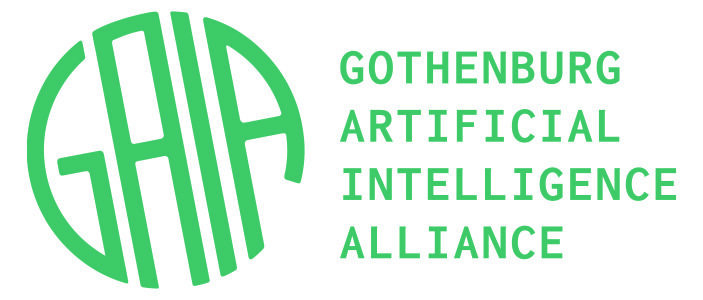Abstract
Tracking of human body motion is important in several different areas. Occupational health and safety, sports medicine, rehabilitation, animation, and ergonomics, to name a few. By using cheap inertial sensors, it is possible to track body movement at a reasonable cost without the need for external cameras.
Inertial sensing does come with its own set of problems. Making sense of sensor data is not a straightforward process. On top of this, we want to derive meaning from movement patterns. This makes the software algorithms all the more important.
Finding the right algorithm is not easy and figuring out what works and what does not on sensor data requires a lot of trial-and-error. Even with a theoretically perfect algorithm, how do we gather training data? How do we verify that it really works, and how do we make the solution robust enough to work in the real world?
In this talk, we will discuss a wearable automated emergency response system powered by ML, the long and winding road from idea to working prototype, and some of the problems we encountered.
Björn Mattsson
System Developer ML @ WAVR
Björn's interest in AI drove him to start programming and subsequently to study software engineering. His thesis work involved using machine learning techniques to let an autonomous truck detect vehicles from video feeds. At Wavr, he works with applying machine learning and sensor fusion to human motion tracking.

